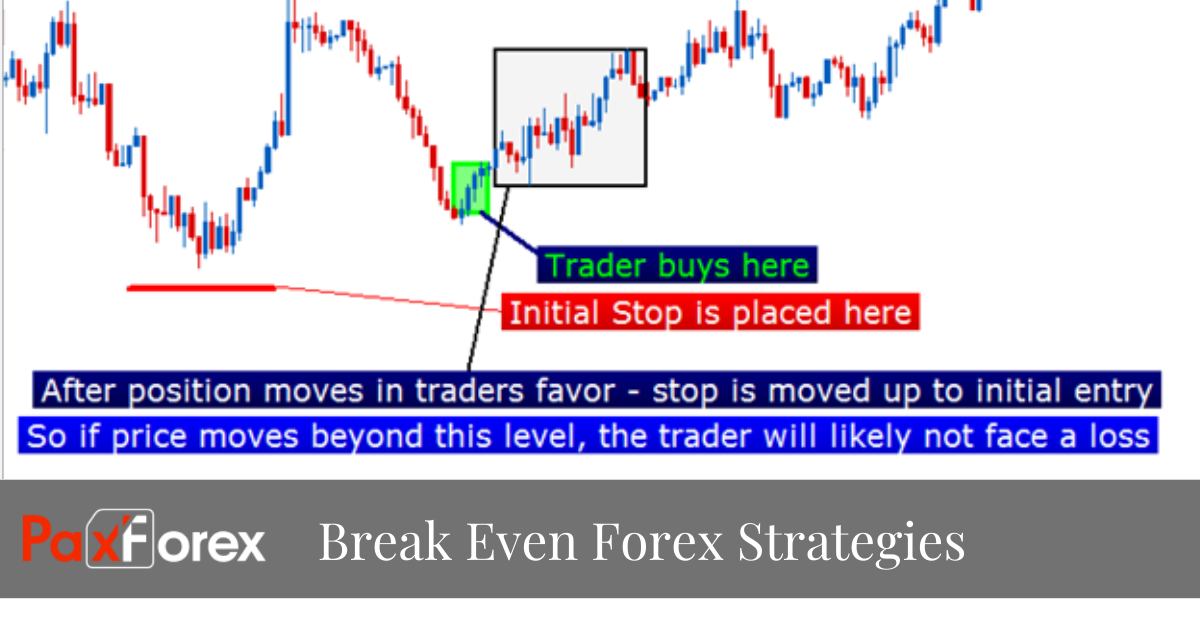
Today forex market received huge popularity. Traders tend to become not only those with higher financial education, but also ordinary students. The reason for such a situation is quite simple - the pervasive advertising promises huge profits with minimum investment. However, many so-called traders do not even think about what is forex - strategy, trade for them appears to play in the casino. Such an approach is totally wrong and can result in loss of a significant part of the deposit.
Trade management can be difficult for new traders, especially the traders that feel their work has been done once they have decided on which currency pair to trade and which direction they feel prices will move in the future. But the reality is that there is much more to trading than what is seen in these initial steps and in order for traders to achieve successful results on a regular and repeatable basis, each position must be actively managed from the time it is opened until the time it is officially closed.
One of the ways traders to protect their capital is using break strategy even when a trade comes into a management point on the chart and in this post I will highlight what it is and a few ways in which you too can do it as well in your trading as a good option for protecting capital. Break even is referred to with what happens after a trade has been modified in this way and the market comes back on you and hits the stop loss near or on entry price.
One of the most common and expensive mistakes made by traders is moving the stop loss on a trade to break even too quickly. It is psychologically attractive to move a stop loss to break even in order to enjoy the feeling of removing risk, but it is usually not a smart thing to do as it tends to result in being kicked out of potentially profitable trade too early. Stop losses should only be moved either after a defined period of time has elapsed, or after the trade has moved in the trader’s favor by a relatively large amount, compared to the risk of the trade. Other methods of judgment tend to produce poor results.
When to move a stop loss will determine on your overall risk tolerance as a trader. If stop losses are moved too quickly, too many trades will be stopped out at neutral territory. Slippage is another risk factor when dealing with fast-moving markets. But at the same time, if traders inappropriately wait to move a stop loss, there is the increased chance that prices will reverse and turn your initial gains back into a loss. So, the appropriate time to move your stop will depend on your trading strategy, your investment goals, and your trading style.







